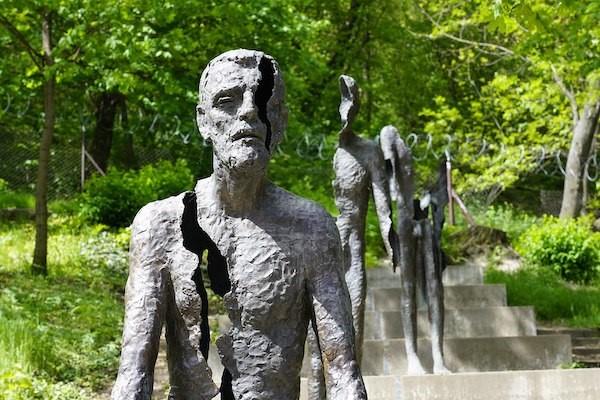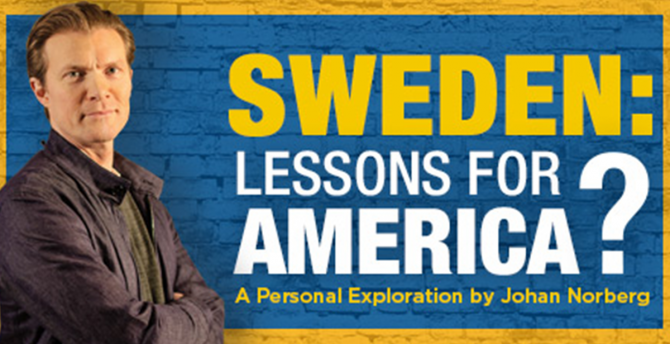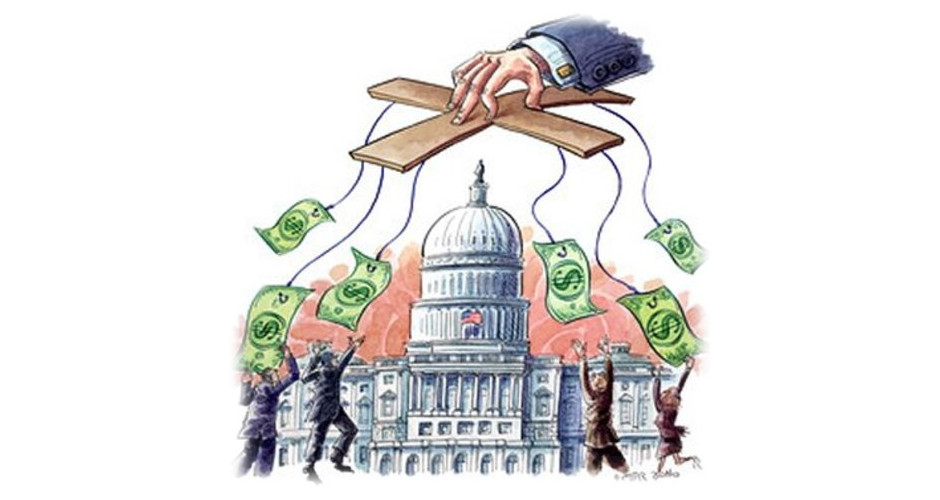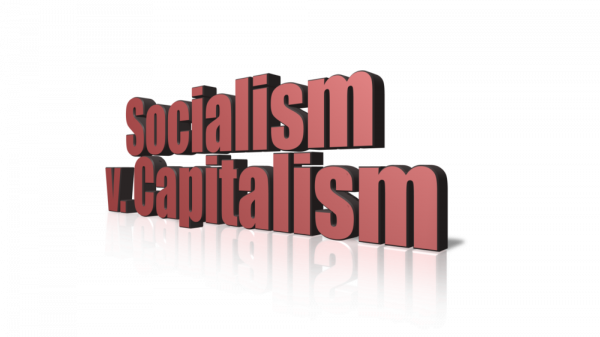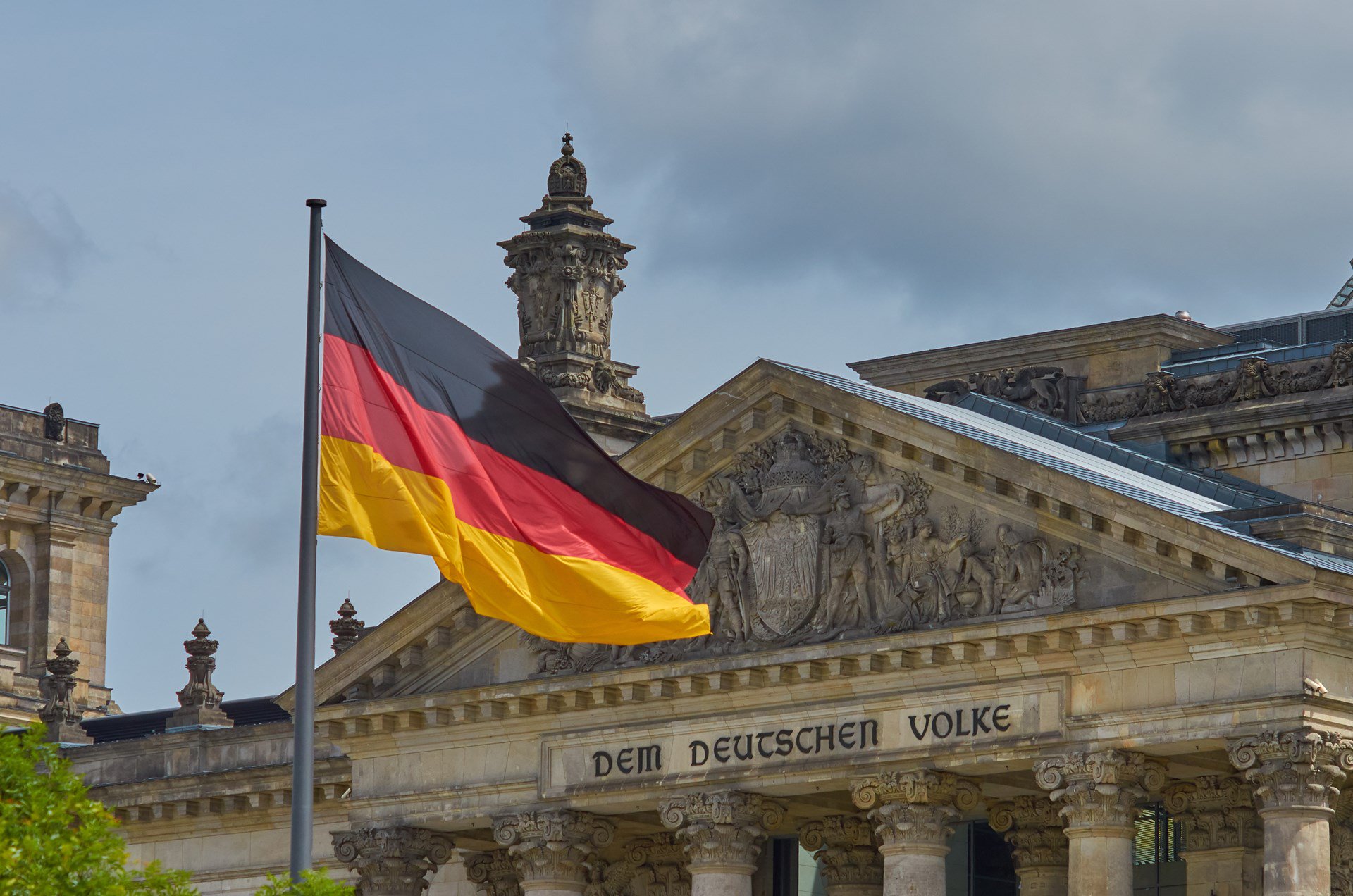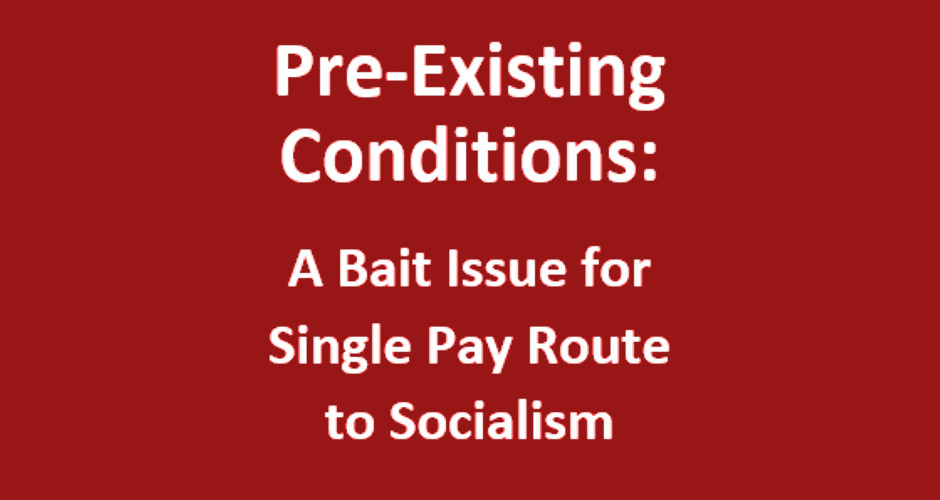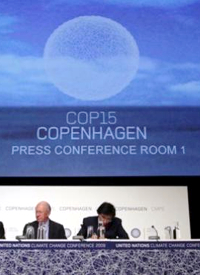From: TheDailyCaller.com By Christa Deneault / Henry Dickman / Nick Hoffman / Kirby Lawrence

Scandinavian countries appear to many to be exceptional social democratic success stories because they are able to maintain economic prosperity while balancing financial equality and social welfare.
So what makes Scandinavia exceptional? According to Nima Sanandaji, a Swedish research fellow at the Centre for Policy Studies in London, the answer is nothing. The Institute of Economic Affairs recently published his book “Scandinavian Unexceptionalism,” which shows that Scandinavia’s successes should not be attributed to its embrace of social democracy in the late 20th century.
In this fluid and easy read, Sanandaji makes a compelling argument that the success of Scandinavian countries is not the result of increased public sector, but rather the free-market principles and work ethic that preceded the welfare state. In fact, the data show that social welfare policies can do more harm than good by hindering overall economic prosperity.
Successful Émigrés
Americans need an alternative to the mainstream media. But this can’t be done alone. Find out more >>
Sanandaji points out that Scandinavia-worshipers are missing an even bigger economic success story: the United States. Many poor Scandinavian farmers emigrated to the U.S. in the late 1800s and early 1900s, many settling in the Upper Midwest. Although most of the immigrants came from poor families, their descendants are wealthier than modern Scandinavians.
Not only are Scandinavian-Americans financially better off than their counterparts, but they have longer life expectancies than those who remained in Scandinavian countries. Poverty is low among Scandinavian Americans, and educational attainment is high. Those who argue in favor of Scandinavian policies based on social outcomes need to explain why American policies lead to even better outcomes among people with a similar cultural background.
Equality Preceded Socialism 
Sanandaji argues that Scandinavian countries have been among Europe’s most egalitarian countries since well before the modern welfare state was enacted. He credits the low income inequality, both in the past and the present, to the tight-knit and homogeneous Nordic culture.
Sanandaji compares the Scandinavian countries to Slovenia, Slovakia and the Czech Republic, which have similarly high levels of cultural homogeneity. He shows that they also rank among the lowest in income inequality despite eschewing the Scandinavian welfare model. In fact, the Czech Republic, which has a small government and a flat income tax, has a more equal distribution of income than Sweden.
The influx of immigrants into Scandinavia has changed its demographics and explains part of the recent rise in income inequality. Sanandaji notes that union-controlled labor markets make it difficult for immigrants to integrate into the Nordic labor forces. In Finland and Sweden, the foreign-born have over 8 percentage points higher unemployment rates than do the native-born with the same education levels.
The Erosion of Middle-Class Virtues
Sanandaji writes that while Nordic societies have long been known as hardworking, with high levels of trust in government and active civic engagement, these conservative virtues have diminished in recent years thanks to an excess of government dependency.
According to Sanandaji, the wide availability of government benefits has disincentived work. Thanks to government largesse, an individual can maintain roughly the same standard of living whether he works or not. Such heavy subsidies may stave off economic poverty, but they create what Sanandaji refers to as “social poverty”: lack of self-efficacy due to dependence on government.
The climate of social poverty has shifted the overall attitude of Nordics toward work. An early 1980s World Value Survey showed that at that time, 82 percent of Swedes believed that claiming government benefits to which a person is not entitled was never justifiable. According to the same poll administered in 2010, a mere 55 percent of Swedes still agree with that statement.
Social poverty has real costs. Norway, Sweden and Denmark were all among the top five countries in the world in 1960 life expectancy. They’ve all since dropped down the list. Sandandaji argues that this is not despite their high levels of income replacement for the sick and disabled, but because of it.
The prevalence of sickness benefits is likely the reason a whopping two in five Swedes think that those who experience stress at work, regardless of their physical state, deserve a sickness benefit.
As such behavioral norms have become more deeply ingrained in the Scandinavian psyche, Sanandaji contends that children are learning to depend on the government for their well-being rather than on individual enterprise. Societal attitudes of self-reliance, once lost, are hard to re-establish. Sanandaji reports that as Scandinavian governments have begun scaling back their welfare states for reasons of fiscal sustainability, there has been strong opposition from the rising cohort of citizens who have come to believe that generous welfare is their right.
Sanandaji mourns the transformation of the relationship between citizen and state to one of entitlement. With apologies to Sanandaji’s provocative title, what seems truly exceptional about Scandinavia is a long-standing culture that balances individual responsibility with social cooperation. Whether that balance can survive another generation of broadly granted entitlement programs remains to be seen.
Hiding the Damage
A good magician never reveals his secrets. Scandinavia’s magicians boast that they have defied gravity by maintaining low unemployment, high growth, and moderate taxation while providing extremely generous welfare and non-employment benefits.
Behind the meretricious statistics, says Sanandaji, are a less surprising set of facts.
As they began expanding their public sectors in the 1970s, Scandinavian governments covered their runaway spending by rapidly increasing taxes. Sanandaji cites the 1980 case in which Swedish private business owners were taxed at an effective marginal rate of up to 137 percent for returns on capital.
These taxes strongly disincentived private-sector investment and curbed both job and business growth. Between 1950 and 2000, despite a population increase from 7 million to 9 million, Sweden’s net job creation in the private sector was close to zero. In 2004, only two of the top 100 most valuable Swedish businesses had been founded privately in Sweden, and since 1970, taxation largely halted the formation of major new firms.
By using indirect and opaque taxation, Nordic governments cast the illusion of low tax rates. Even Swedish citizens fell for this trick; in 2003, Sanandaji found that almost half of the Swedish public estimated their total tax rates to be 30 to 35 percent. In reality, the average wage-earning citizen was taxed 60 percent.
From 1965 to 2013, direct taxes have decreased while the total tax rate increased in Finland, Sweden and Norway. Visible taxes have been replaced—and exceeded—by hidden taxes.
These high hidden tax levels have “crowded out economic activity,” resulting in a low level of employment. Sweden appears to have a respectable unemployment rate, but the rate does not account for the many able-bodied citizens who are on welfare. With these factors taken into account, researchers at McKinsey calculated an alternate Swedish unemployment rate at 17 percent. Public-sector growth has been slowly but forcefully eating away at private-sector development and the jobs that come with it.
Morning in Scandinavia
Even hidden economic problems eventually force governments to act. Since their major economic crisis in the early 1990s, some of the Nordic welfare states’ worst excesses have been rolled back.
To counterbalance the excessive spending of the welfare states, most Scandinavian governments have liberalized trade. Free trade and low corruption have steadily increased their standings in The Heritage Foundation/Wall Street Journal Index of Economic Freedom over the past 20 years. According to the 2015 Index, Denmark ranks above both the United States and the United Kingdom as the 11th freest country in the world. Sweden and Finland, which are also reforming their economies, are both ranked in the top 25, and properly viewed more as centrist than as socialist. Not coincidentally, Nordic economies have become much healthier since recent reforms have expanded economic freedom.
The lesson of Scandinavian Unexceptionalism is that virtuous behavior and hard work can triumph over even bad policies for a while, but even societies as favorably situated as Denmark, Sweden, Norway and Finland will ultimately succumb to the corrosive effects of excessive government. It remains to be seen whether the Nordics have reacted against the debilitating dependency of their experiment with socialism in time to preserve their advantages and ensure a prosperous future.
The authors are currently members of the Young Leaders Program at The Heritage Foundation. For more information on interning at Heritage, please click here.
A Note for our Readers:
Trust in the mainstream media is at a historic low—and rightfully so given the behavior of many journalists in Washington, D.C.
Ever since Donald Trump was elected president, it is painfully clear that the mainstream media covers liberals glowingly and conservatives critically.
Now journalists spread false, negative rumors about President Trump before any evidence is even produced.
Americans need an alternative to the mainstream media. That’s why The Daily Signal exists.
The Daily Signal’s mission is to give Americans the real, unvarnished truth about what is happening in Washington and what must be done to save our country.
Our dedicated team of more than 100 journalists and policy experts rely on the financial support of patriots like you.
Your donation helps us fight for access to our nation’s leaders and report the facts.
You deserve the truth about what’s going on in Washington.
Please make a gift to support The Daily Signal.





